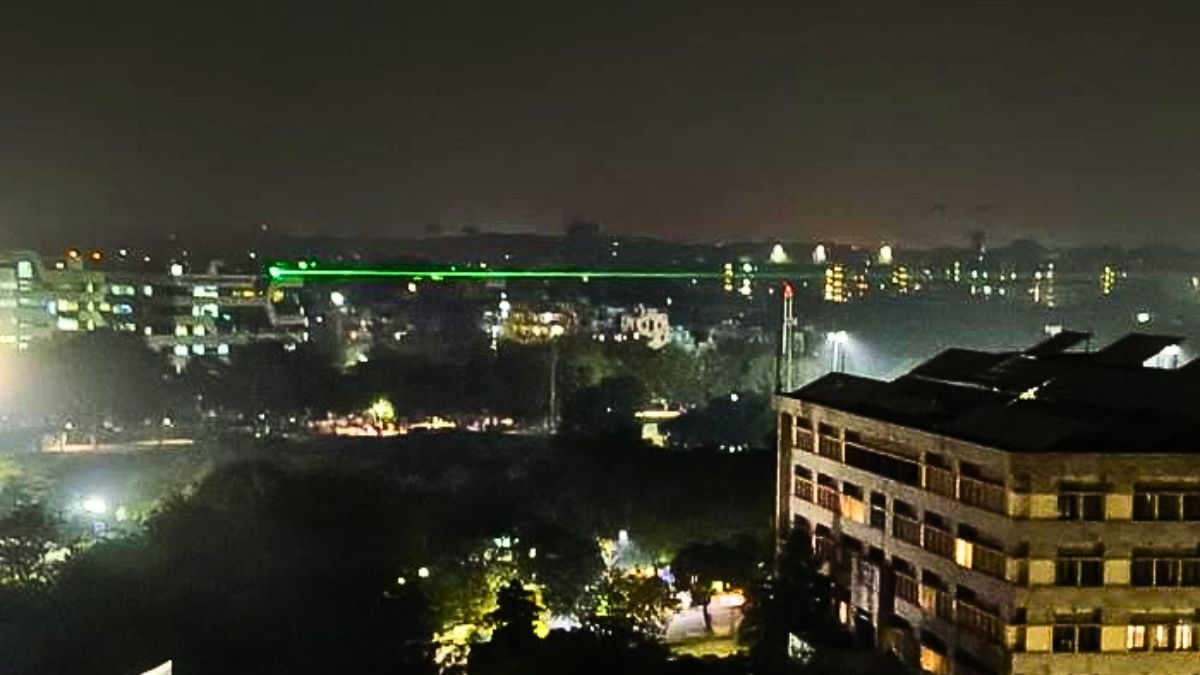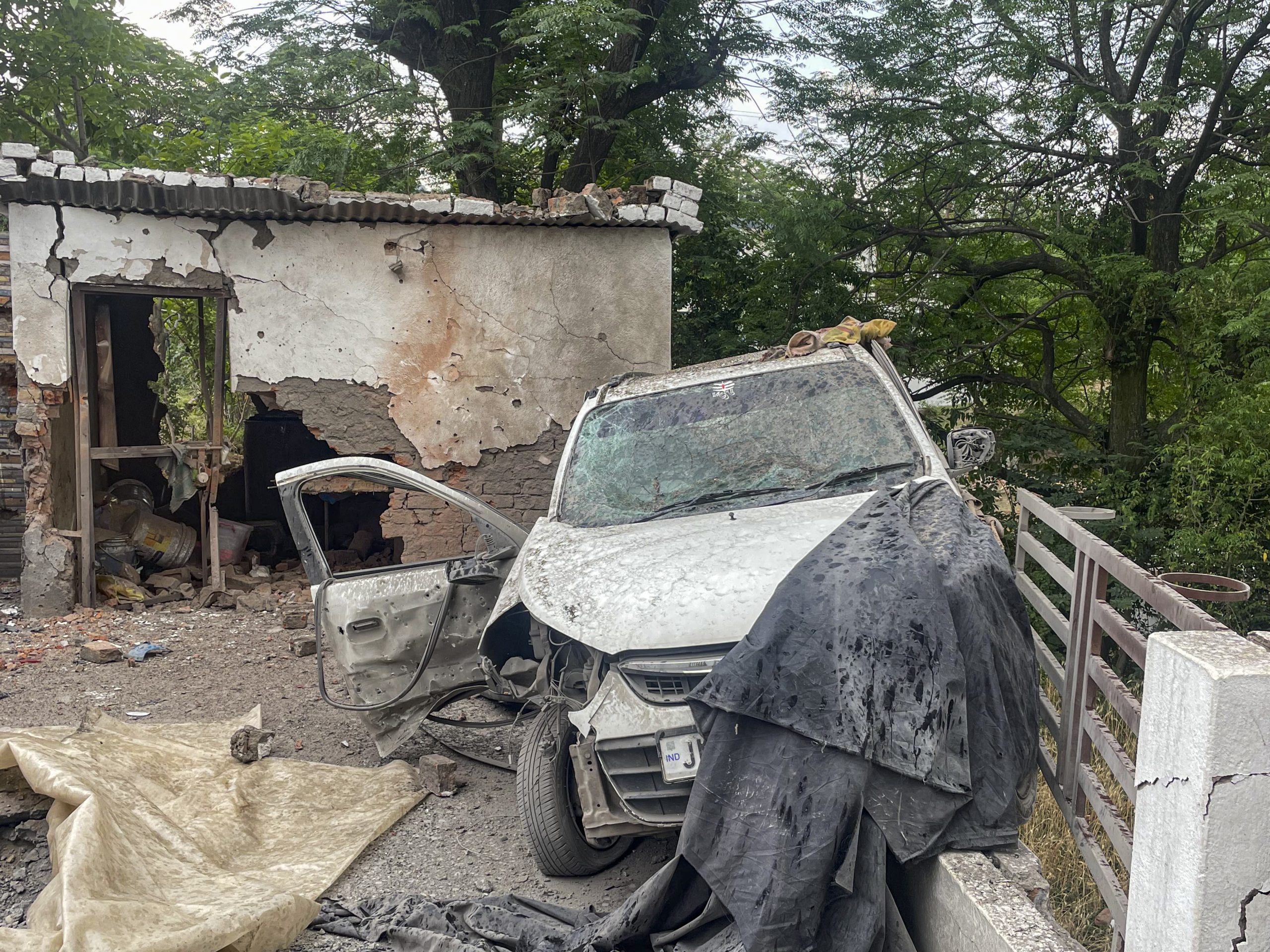Akashteer Proves Its Combat Utility During Operation Sindoor

The indigenously-built Akashteer air defence system has proven its mettle in Operation Sindoor. Image courtesy: PIB
India’s automated air defence command and control system, Akashteer, played a central role in neutralising Pakistan’s cross-border missile and drone strikes during the night of May 9–10, as part of Operation Sindoor. Deployed in active combat for the first time on this scale, Akashteer successfully tracked, intercepted, and neutralised a series of inbound threats targeting both military installations and civilian zones.
Developed under India’s push for self-reliance in defence technology, Akashteer is designed to detect, track, and respond to aerial threats in real time, while integrating with the broader Command, Control, Communications, Computers, Intelligence, Surveillance, and Reconnaissance (C4ISR) ecosystem. The system’s performance during Operation Sindoor has placed it under operational validation and drawn attention to its growing relevance in an increasingly contested aerial environment.
What does Akashteer do?
Akashteer is a mobile, vehicle-based Air Defence Control and Reporting System developed by Bharat Electronics Limited (BEL). It automates the detection, tracking, and interception of aerial targets — including aircraft, drones, and missiles — by integrating multiple radar systems and weapon platforms. The system is capable of generating a real-time, common operational air picture for ground units and command centres, allowing for coordinated responses across different force elements.
The system connects to a range of radar assets such as the 3D Tactical Control Radar, Tactical Control Radar REPORTER, Akash Weapon System radars, and Low-Level Lightweight Radars. These provide layered surveillance and targeting information, feeding into a central decision-making loop that supports automated threat engagement.
During Operation Sindoor, Akashteer enabled India’s air defence teams to respond rapidly to simultaneous inbound threats, without crossing the Line of Control or escalating the conflict through broader force mobilisation.
How does it integrate with India’s joint defence architecture?
Akashteer is at the core of the Indian Army’s air defence network, but its design allows for interoperability with systems used by the Indian Air Force and Indian Navy. It connects with IACCS (Integrated Air Command and Control System) and TRIGUN (Navy’s tactical control network), allowing for a seamless and shared battlespace picture.
This integration lowers the risk of fratricide in dense air environments and facilitates faster joint decision-making. The real-time air picture shared across commands helps ground-based air defence units distinguish between friendly and hostile platforms more effectively. Its mobility ensures that it can be deployed in conflict zones and repositioned as operational needs evolve.
What does its deployment mean for India’s defence manufacturing?
Akashteer is part of a wider set of indigenous defence systems developed under the Make in India initiative. These include land platforms like the Dhanush and ATAGS artillery systems, MBT Arjun tanks, and aerospace assets like LCA Tejas and the ALH Dhruv. In the maritime domain, India has built indigenous aircraft carriers, frigates, submarines, and patrol vessels.
Defence production in India touched Rs 1.27 lakh crore in FY 2023–24, and exports stood at Rs 23,622 crore in FY 2024–25. With a target of Rs 3 lakh crore in total production and Rs 50,000 crore in exports by 2029, systems like Akashteer are expected to play an increasing role in building credibility for Indian-made platforms.
Today, over 65 per cent of defence procurement is sourced domestically, compared to a near-total reliance on imports in the past. The indigenous industrial base includes 16 Defence Public Sector Undertakings (DPSUs), 430 licensed companies, and approximately 16,000 MSMEs.
What does Akashteer’s success during Operation SINDOOR signal?
Akashteer’s role during Operation SINDOOR marked a milestone in the Indian Army’s air defence capability. By neutralising inbound drones and missiles with speed and precision, the system proved its relevance in modern battlefield conditions shaped by asymmetric and hybrid threats.
Defence analysts have called it a significant step forward in automated air defence warfare. The system’s success also contrasts sharply with Pakistan’s use of imported HQ-9 and HQ-16 systems, which failed to intercept Indian strikes.
Akashteer’s performance reinforces India’s strategy of building layered, responsive, and interoperable defence systems tailored for its operational environment. While challenges remain in scaling and upgrading these technologies, the shift from passive detection to active, integrated engagement marks a fundamental change in India’s approach to airspace security.
In a region increasingly shaped by drone swarms, cruise missiles, and rapid escalation cycles, systems like Akashteer are no longer experimental — they are operational, and they are now part of India’s frontline defence posture.







